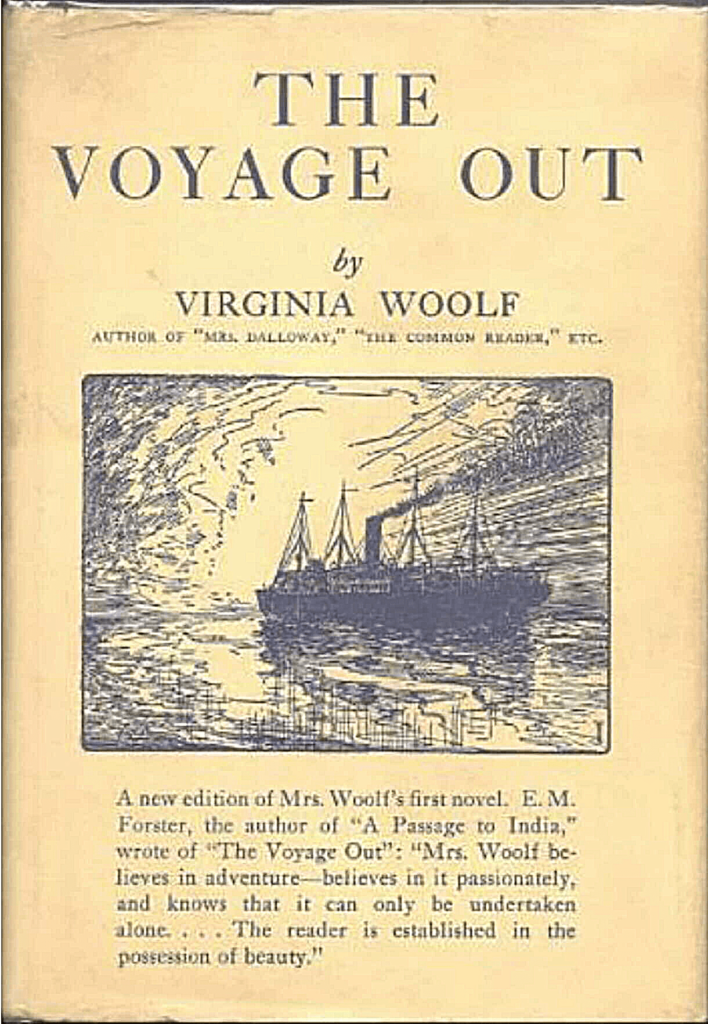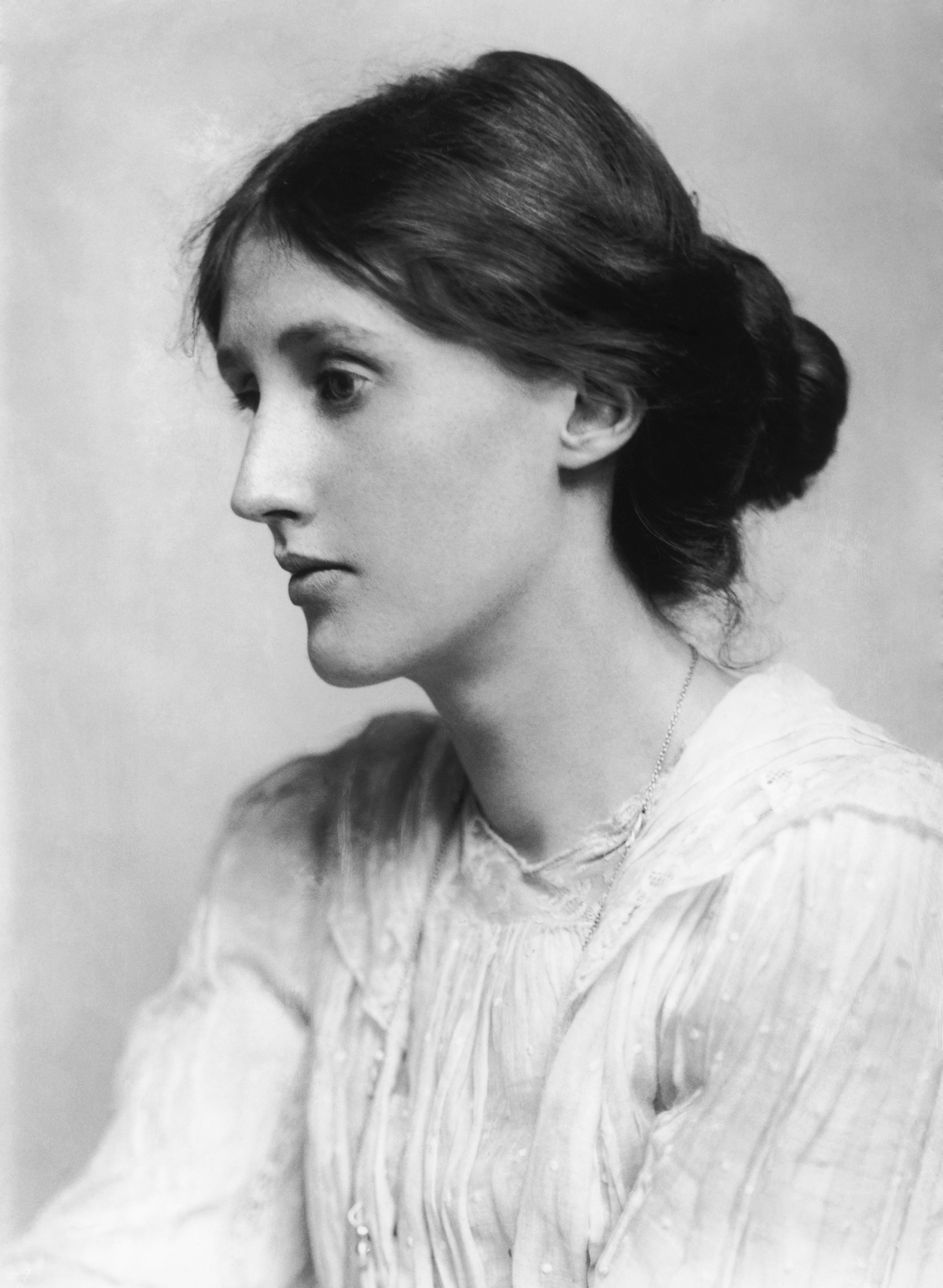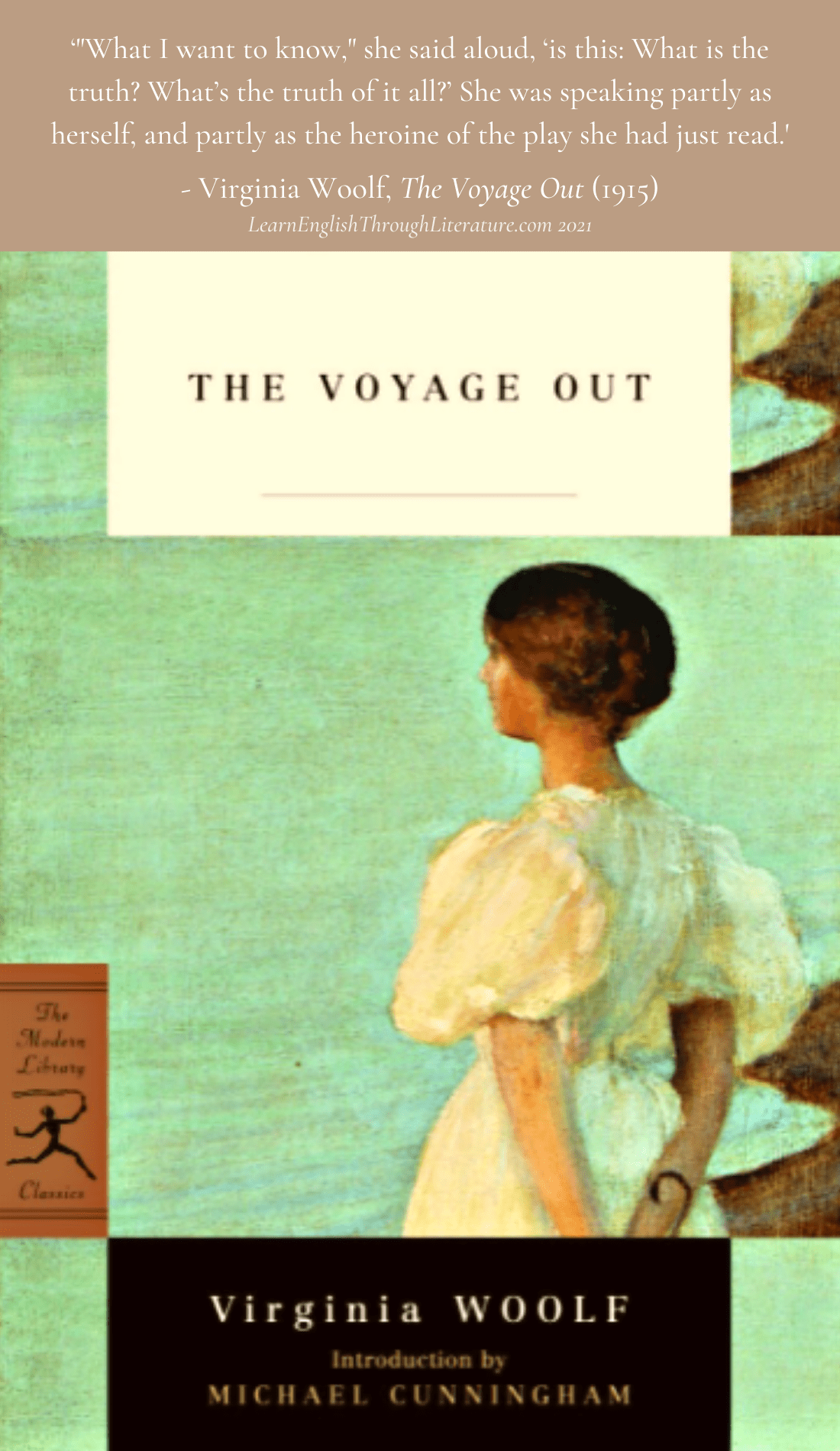This is our last Lesson in our 5-part series looking at common mistakes English language students tend to make. If you have been following these since the start of November, you will have noticed that there are always some points that challenge more than one group of students (for example, affecting Russian as well as French students, etc).
So I am confident that even if Spanish is not your native language, you will still learn a few useful tips from today’s Lesson. 😊
Don’t ever feel embarrassed (ashamed, uncomfortable) if you realise that you have made some of these common mistakes. This is your chance to learn and improve, and if you still have some doubts about something after reading through this Lesson you can always send me your question through the contact form here.
Because I found about 20 common errors, I have divided this Lesson into two parts:
- the first part focuses mainly on grammatical issues,
- while the second part will focus more on pronunciation, some grammar, and a lot of ‘false friend’ words (words that sound similar in English and Spanish but have very different meanings).
As I thought about how I would write this Lesson, one novel that came to mind above any other was Virginia Woolf’s The Voyage Out (1915). 📗

It was Virginia Woolf’s debut (first) novel, published in 1915 when she was 33 years old. It tells the story of a young woman called Rachel Vinrace who accompanies some family friends on a trip from England to Latin America. 🌎 🌍
Having lost her mother as a child and been raised by her maiden (unmarried) aunts, Rachel is naïve and, in many ways, rather vulnerable. She gets to know a group of British travellers on the voyage out, some of whom are intellectuals, other adventurers (people travelling for the fun of it). Gradually their worldliness brushes off her, and she becomes more knowledgeable, experienced, and aware of the wider world around her, without ever completely changing the person she is – simple-hearted, wondering, and calm.
They reach their destination, but after embarking (getting off the ship) they all decide to stay together at the same villa in Santa Marina (a fictitious place – not a real, actual location). Here they all get to know each other better and feel they can hold onto some British customs among the native Spanish-speaking population around them. Virginia Woolf paints a satirical picture of the group (using irony, exaggeration, ridicule, and humour to expose stupidity, etc.) as they try to explore their surroundings while still afraid to let go of their Britishness. 🏝️
Rachel is the only one who doesn’t try to impress anyone; instead, having a childlike curiosity, she tries to learn more about the people and places she finds herself in. She can get along well with her fellow travellers without ever changing the essence of who she is and what she cares about. The narrative illustrates how at least one person in the group comes to respect her uniqueness. Their friendship brings her new happiness and a sense of hope; Woolf aptly (skillfully, expertly) captures the excitement of being young and coming to an understanding with another young person.
🪔 Their voyage out to this land has been a voyage of discovery for both of them. The metaphorical (symbolic) warmth of the Spanish-speaking colony has helped them both to mature and grow as young adults.
The only thing that can threaten their happiness is an unseen influence connected with this environment: a tropical disease. 🌩️ Towards the end of this book we wonder, who will survive and what will the final ‘voyage out’ look like?

Photo by George Charles Beresford (1902)
Image Credit: Wikimedia Commons
…
Now that we have an overview of The Voyage Out, let’s look at some of the most common mistakes Spanish speakers make in English with illustrations from the novel’s pages.
21 COMMON MISTAKES
…
📝 #1 CONFUSING ‘HOW’ AND ‘WHAT’ (Spanish, ‘como’)
Spanish speakers often have a difficult time distinguishing between when to use ‘how’ and ‘what’.
The best definition I can think of is that
- ‘how’ asks about the way or manner in which something has or is happening
- ‘what’ asks for information about the nature ofsomething or some situation.
Read the quotations below to see if you can distinguish the differences in how they are used. If you would like to read another explanation of ‘how’ vs ‘what’, 👉 check out my recent Lesson #268 (it is the first point listed).
📗 “How are you going to judge people merely by their minds?”
– Virginia Woolf, The Voyage Out (emphasis mine)
Rachel’s aunt writes a letter in which she talks about women needing an education as much as men do.
📗 “The question is, how should one educate them? The present method seems to me abominable.”
– Virginia Woolf, The Voyage Out (emphasis mine)
📗 ‘What I want to know,’ she said aloud, ‘is this: What is the truth? What’s the truth of it all?’ She was speaking partly as herself, and partly as the heroine of the play she had just read.
– Virginia Woolf, The Voyage Out (emphases mine)
…
📝 #2 FORGETTING TO MENTION THE SENTENCE’S SUBJECT (‘he’, ‘she’, ‘it’, proper noun, etc.)
📗 “The plague—you see. It attacks the rats, and through them other creatures.”
– Virginia Woolf, The Voyage Out (emphasis mine)
(This colourful quote comes from a conversation some of the travellers are having on board the ship.)
Notice how in this quotation from the book, ‘it’ refers to a plague of rats that has already been mentioned. ✍️ That said, please remember that in English you cannot write this sentence correctly if you leave out the pronoun ‘it’. ⚠️
This can be confusing for Spanish speakers whose native language verb forms include the subject in the verb’s conjugated form (e.g., you don’t need to write ‘yo’ in ‘yo como arroz’ because ‘como’ is already conjugated according to the first person singular).
…
📝 #3 ‘TO BE HUNGRY’ vs ‘TO HAVE HUNGRY’
In English, ‘to be’ is a state of being. ✍️
So, if it is getting close to your dinnertime, you should say ‘I am hungry’ whenever you would say ‘tieno hambre’ in Spanish.
That said, I have a question for you. Now that you know for sure that we use the English ‘to be’ (indicating a state of being) with the word hungry, how would you make sense of this line in Virginia Woolf’s book?
📗 ‘Old Mrs Paley, having woken hungry but without her spectacles, was summoning her maid to find the biscuit-box.’
– Virginia Woolf, The Voyage Out (emphases mine)
This is the answer:
🗝️ Although we see the word ‘having’ in the sentence above, it is used not as a verb on its own but as an auxiliary or helping verb of ‘woken’ (‘to wake up’). So Woolf is saying that Old Mrs Paley has just woken up, and on waking up she is also hungry (even though the verb ‘to be’ is left out here, we could read it as ‘Old Mrs Paley, having woken up being hungry …’).
In other words, ‘having’ or other forms of the verb ‘have’ may sometimes function as an auxiliary verb and so you may occasionally find ‘hungry’ right next to them, as in the novel’s quotation above.
…
📝 #4 ‘MAKE’ vs ‘DO’
‘Make’ vs ‘do’ – what is the difference? This can be difficult for Spanish speakers because these are both included in the Spanish verb ‘hacer’.
✍️ ‘Make’ has the sense of being a creative process. ‘Do’ focuses on an action.
You can check out 👉 Lesson #270 where I give a fuller explanation of the same.
📗 “Have you ever read Burke?”
“Burke?” she [Rachel] repeated. “Who was Burke?”
“No? Well, then, I shall make a point of sending you a copy. The Speech on the French Revolution—The American Rebellion? Which shall it be, I wonder?” He noted something in his pocket-book.
– Virginia Woolf, The Voyage Out (emphasis mine)
✍️ This is a common usage of the verb ‘to make’: ‘to make a point’ (meaning to emphasise something) or even ‘to make a point of doing/sending/saying, etc something’ (this means to be sure to do/send/say something important).
…
📝 #5 NOUNS WITH THE SAME SINGULAR AND PLURAL FORM
✍️ Words that describe kinds of knowledge or instruction, such as ‘advice’, ‘information’, ‘instruction’, and ‘tuition’, are singular, even if there is a great quantity of them (‘a lot of advice’, ‘some information’, etc).
I have a whole Lesson on countable and uncountable nouns for you here. 👈
Notice how Woolf writes about ‘stores of information’ in this sentence (rather than the incorrect word ‘informations’, which doesn’t exist in English):
📗 ‘One of these parties was dominated by Hughling Elliot and Mrs Thornbury, who, having both read the same books and considered the same questions, were now anxious to name the places beneath them and to hang upon them stores of information about navies and armies, political parties, natives and mineral products—all of which combined, they said, to prove that South America was the country of the future.’
– Virginia Woolf, The Voyage Out (emphases mine)
And notice how ‘advice’, even when it includes different kinds of advice, is also singular:
📗 ‘They begged her, however, to continue, with such earnestness in their voices, as if they only craved advice …’
– Virginia Woolf, The Voyage Out (emphasis mine)
…
📝 #6 ‘PEOPLE … IS or ARE?’
✍️ The English word ‘people’ is conjugated as a plural noun, not as a singular one as is the case with the Spanish equivalent, ‘gente’.
When we want to talk about a large quantity of people (or peoples), we can say ‘many people’ or ‘a lot of people’ (informal). 💡
Read this short conversation from the pages of The Voyage Out to see how Woolf writes about ‘many people’ (and how she conjugates the associated verb):
📗 “I’m going to try to get Aunt Emma out into the town,” said Susan. “She’s not seen a thing yet.”
“I call it so spirited of her at her age,” said Mrs Elliot, “coming all this way from her own fireside.”
“Yes, we always tell her she’ll die on board ship,” Susan replied. “She was born on one,” she added.
“In the old days,” said Mrs Elliot, “a great many people were …”
– Virginia Woolf, The Voyage Out (emphases mine)
…
📝 #7 ‘I AM AGREE’
In English you can say either ‘I agree’ or ‘I am in agreement with …’ but do not say ‘I am agree’. ❌
👉 We covered this point in Lesson #267 as it is a challenging one for French speakers as well.
This mistake is completely understandable as in Spanish you need to use the verb ‘to be’ with ‘agree’ (‘estoy de acuerdo’). However, in English we only ever conjugated the verb ‘agree’ (without ‘to be’), so that ‘I agree’ – simple as it is! – works as the correct form.
📗 ‘”You agree with my spinster Aunt, I expect,” said St John in his jaunty manner …’
– Virginia Woolf, The Voyage Out (emphases mine)
👉 You can also say ‘I am in agreement with you, etc.’ in which ‘am/are/is’ needs to specify the phrase ‘in agreement with’ if it is to make sense. Be aware that this sounds more formal than simply saying ‘I agree with you’.
…
📝 #8 ‘EXPLAIN TO ME’, ‘IT OCCURRED TO ME’, ‘ANNOUNCED TO THEM’, etc.
✍️ Some verbs in English may require ‘to’ between them and an indirect object (pronoun). These include ‘explain to’, ‘occur to’, ‘mention to’, ‘describe to’, ‘announce to’, etc.
📗 ‘It once more occurred to her that there was something strange in the girl’s behaviour.’
– Virginia Woolf, The Voyage Out (emphases mine)
And here is a line describing the beginning of the friendship that changes Rachel’s life (notice how Woolf uses ‘explain to …’):
📗 “Please explain to me,” he said. “I feel sure Hirst didn’t mean to hurt you.”
– Virginia Woolf, The Voyage Out (emphases mine)
…
📝 #9 ‘DEPEND ON’ (not ‘depend of’ – Spanish ‘depender de’)
✍️ In English, the verb ‘depend’ takes the preposition ‘on’ and not ‘of’:
📗 “Marriage! well, it’s not easy.”
“That’s what we want to know,” they answered, and she guessed that now they were looking at each other.
“It depends on both of you,” she stated.
– Virginia Woolf, The Voyage Out (emphases mine)
…
#10 ‘HAVE LIVED’ vs ‘IS LIVING’
✍️ We tend to use the ‘have + past participle’ instead of the ‘present’ tense to describe an action that started in the past and continues today. Compare this with the Spanish preference for the present tense in the same scenarios: ‘Vivo aqui desde hace dos anos.’
This next line, taken from The Voyage Out, contains a very typical statement in English – ‘I have lived all my life …’: 💡
📗 “I have lived all my life with people like your Aunt, Mr Hirst,” she said, leaning forward in her chair. Her brown squirrel-like eye’s became even brighter than usual.
– Virginia Woolf, The Voyage Out (emphases mine)
…
We will look at a few more points in 👉 Part 2 of this Lesson – please follow along!




